The Moto G5 Plus is going up against some pretty stiff competition this year with the ZTE Blade V8 Pro and Honor 6X both offering extremely similar hardware and pricing. Although it’ll be tough to decide which phone best suits your particular needs/wants, a big deciding factor for most folks is one key hardware spec: the camera.
Nobody wants to be stuck with a potato for a camera and thankfully things have improved vastly for mid-range devices the past few years. In our own tests, the Honor 6X bested even the iPhone 7 in a quick shootout, while the ZTE Blade V8 Pro performed better than both of those devices when HDR mode was enabled.
As for the Moto G5 Plus, it’s using nearly identical camera hardware to the Galaxy S7 — one of the best performing smartphone cameras to date — minus optical image stabilization. While a processor’s digital ISP also plays a large role in photo output, in theory the Moto G5 Plus should at the very least outperform other mid-range smartphones… right?
We already showed you a handful of sample photos/video taken with the Moto G5 Plus, but in our quest to find out which low-priced Android phone gives you the best bang for your buck, we pit the Moto G5 Plus against the Honor 6X and Blade V8 Pro in a camera shootout. First, let’s check out the specs.
Moto G5 Plus
- 12MP – f/1.7 – 1.4 µm pixels (Sony IMX260)
- 5MP front facing
Honor 6X
- 12MP + 2MP f/2.2 – 1.25 µm pixels (Sony IMX386)
- 8MP front facing
ZTE Blade V8 Pro
- 13MP + 13MP f/2.0 – ?.?? µm pixels (???? ??????)
- 8MP front facing
Daytime
Moto G5 Plus (left), Honor 6X (middle), ZTE Blade V8 Pro (right)
G5 Plus
Okay, so right off the bat all you’ll notice that the Moto G5 Plus captures a much warmer scene (similar to what we’ve seen on the iPhone). While this can make for a more inviting image, it’s not exactly accurate with photos having a slight yellow/green tinge to them (see the differences in brick color). The G5 Plus does a good job of properly exposing most every photo and even without HDR mode enabled, provides a nice amount of dynamic range and detail in shadows.
The G5 Plus goes a bit overboard with artificial sharpening, but photos still fall victim to aggressive noise filtering at the cost of detail, something you can see in photos where there’s grass or asphalt. In the photo of the street corner, the asphalt loses every ounce of detail, completely erasing some of the tire lines you can plainly see in photos take with the other devices. It’s worth noting that the file sizes for photos taken with the G5 Plus are almost double those of the Honor 6X and ZTE Blade V8 Pro’s.
Honor 6X
Honor 6X by far has the best dynamic range out of the bunch, so much you’d think HDR mode was enabled. I suspect that — even when shooting in regular auto mode — the camera still shoots in HDR (multiple photos at different exposures), which probably explains the extreme amount of shutter lag. Just a hunch. While the white balance is just about perfect on the Honor 6X, colors are easily some of the most muted and lack vibrancy. Unlike the Moto G5 Plus, the Honor 6X doesn’t go overboard with digital sharpening or noise filtering, although photos do look clean, they’re also a tad soft.
Blade V8 Pro
The ZTE Blade V8 Pro has absolutely terrible dynamic range when shooting in normal auto mode. Photos are almost always too dark to make out any sort of detail in shadows, something that’s apparent in most every photo. It’s crazy that ZTE didn’t notice this from the start and increase the default exposure to something a tad bit brighter (of course, that means highlights would be blown out), so it’s a catch 22. Of course, this can be easily fixed by shooting in HDR mode — the only mode anyone who owns this phone should be shooting — where dynamic range rivals the best cameras out there.
Photos on the Blade V8 Pro almost always come out a little cool, sometimes even a little pinkish at times. It’s nothing dramatic and looks great when shooting in incandescent lighting which, on other devices, comes out far too warm and yellow. Out of all the devices, the Blade V8 Pro by far had the sharpest and most detailed photos thanks to less aggressive noise filtering but that also means slightly noisier photos. This shouldn’t be much of an issue unless you zoom in 500% or you’re printing out poster sized photos.
Moto G5 Plus (left), ZTE Blade V8 Pro (right)
Hands down my favorite part about the Blade V8 Pro’s camera was its ability to capture the subtle color differences inside the environment. I’m not talking about artificially cranking up the saturation like on the Moto G5 Plus, I’m talking about being able to capture different colors inside of leaves, grass, tree bark — you name it. When zooming into far off bushes, you can actually see the individual colors of the flowers buried inside. The cameras on the G5 Plus and Honor 6X just think see a green bush and paint the whole thing a flat green. Any colors inside get lost or drowned out. The Blade V8 Pro pulls out and separates every last color from an environment and it’s something you don’t see in a lot of smartphone cameras. Definitely not in the Honor 6X, Moto G5 Plus, or even the iPhone 7.
Nighttime / low light
Moto G5 Plus (left), Honor 6X (middle), ZTE Blade V8 Pro (right)
Okay, so nighttime and general low light shooting is where everything goes to sh*t. At this point it’s just trying to figure out which phones does a less crappy job of shooting at anything other than broad daylight, but therein lies the problem. It’s sort of a mixed bag and it’s tough to single out a clear winner in this bout.
On one hand you have the ZTE Blade V8 which has the best white balance, the Moto G5 Plus which has the best detail (albeit slightly more noise), or the Honor 6X with the best dynamic range. There are also the anomalies to consider, like how freaking well the Blade V8 Pro shot that bowl of ramen, or the weird purple-ing that sometimes occurred with the Moto G5 Plus. It’s also worth noting that out of all three devices, the Moto G5 Plus was the only one that had me taking multiple shots as some would come out blurry.
In the end, the Honor 6X seemed to produce the best shots in low light where the ZTE Blade V8 Pro was by far the worst but in low-ish, say, incandescent restaurant lighting, the Blade V8 Pro was best. Like I said before, it’s a mixed bag.
WINNER: DRAW
ZTE Blade V8 Pro
It really was a tough call and in the end, I’m not so sure there was a clear winner. Each device has its pluses and minuses but I, personally, favor photos taken with the ZTE Blade V8 Pro. Although they can be a bit more noisy, they have far greater detail and color vibrancy than any of the other devices listed. The problem with the Blade V8 Pro is photos come out far too dark which means you’re forced to shoot in HDR mode. It’s definitely worth it — especially when you see the output — but of course, it’s not something everyone will want to do and isn’t suited for every situation (moving subjects for instance).
Honor 6X
For most people, the Honor 6X will deliver the best camera output. The phone takes better photos (with enough light) than even higher-end devices with fantastic dynamic range. Focusing can be a bit wonky at times and there’s noticeable shutter lag, so it’s not always “fun” to shoot with the Honor 6X. Photos will look a bit more bland, but it’s easy to add contrast and/or saturation when posting to social media, they just wont look as nice in the camera roll. Oh, and when it comes to the front facing camera — the Honor 6X is leaps and bounds better than the Blade V8 Pro or Moto G5 Plus. No contest.
Moto G5 Plus
The Moto G5 Plus on the other hand is great for shooting off the hip in regular auto mode thanks to quick auto focusing and good dynamic range. As long as you don’t ever zoom or crop your photos, they’ll look great, but for most folks, this phone will produce the most pleasing output if you’re just looking to quickly shoot and post to social media. It’s the funnest camera to use out of the bunch, even if image quality wasn’t where I wanted it to be.
In any of the 3 cases, you’ll probably be fine choosing any of these devices as an inexpensive camera phone, they’re all pretty impressive in day light. In fact, it’s almost crazy to think you no longer have to spend $600 just to find a smartphone capable of delivering “iPhone-like” photo quality. In ideal situations, these phones are actually capable of outperforming the iPhone, but I digress. If you’re looking for a cheap Android device offering the best bang for the buck, my pick would be the ZTE Blade V8 Pro although your tastes my vary. At $230 unlocked, it’s hard to beat.

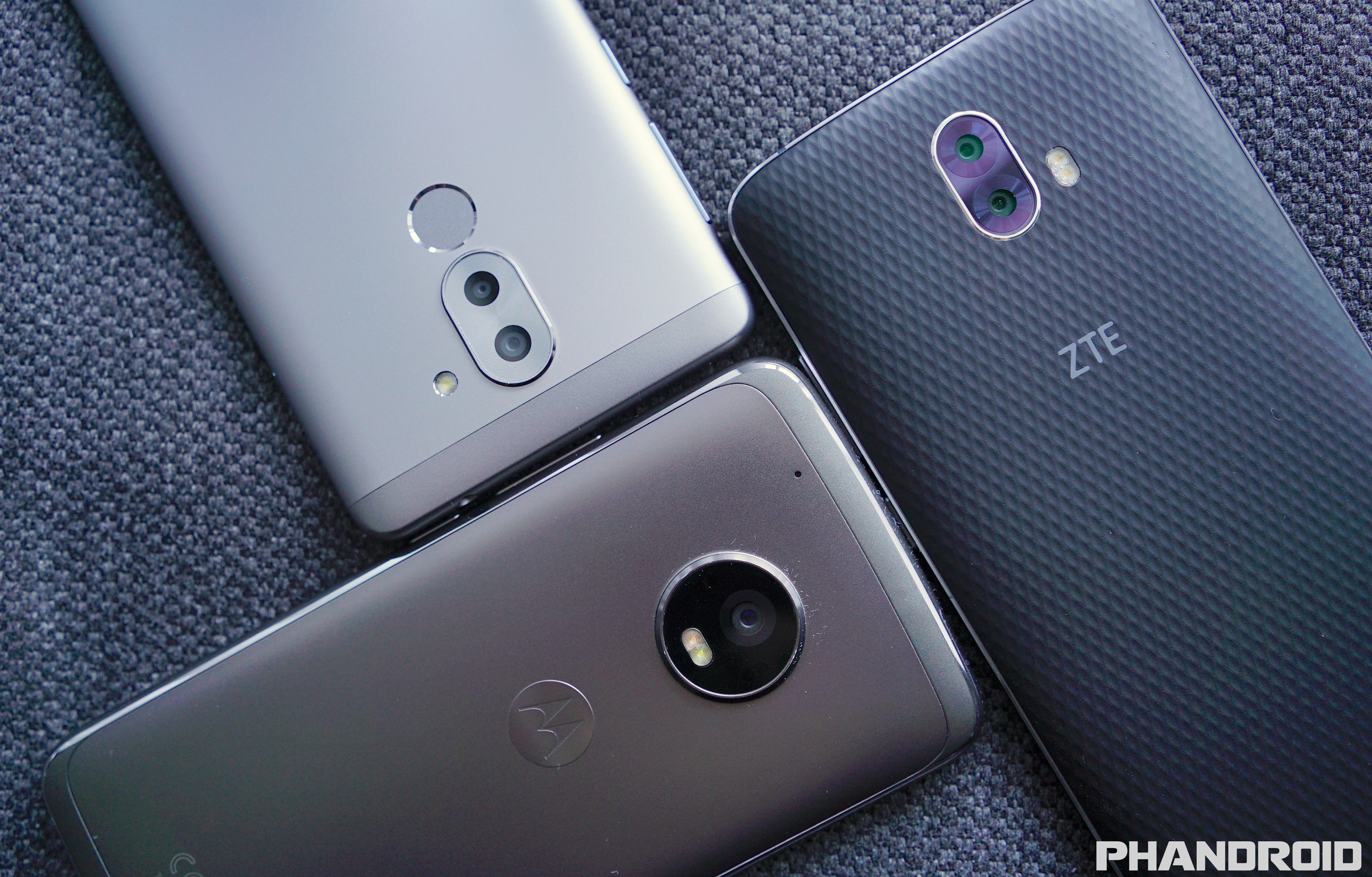
















































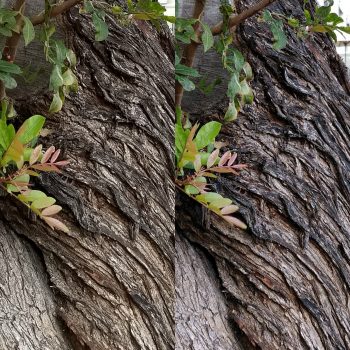









































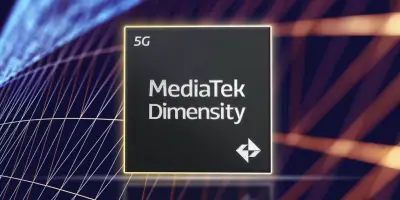



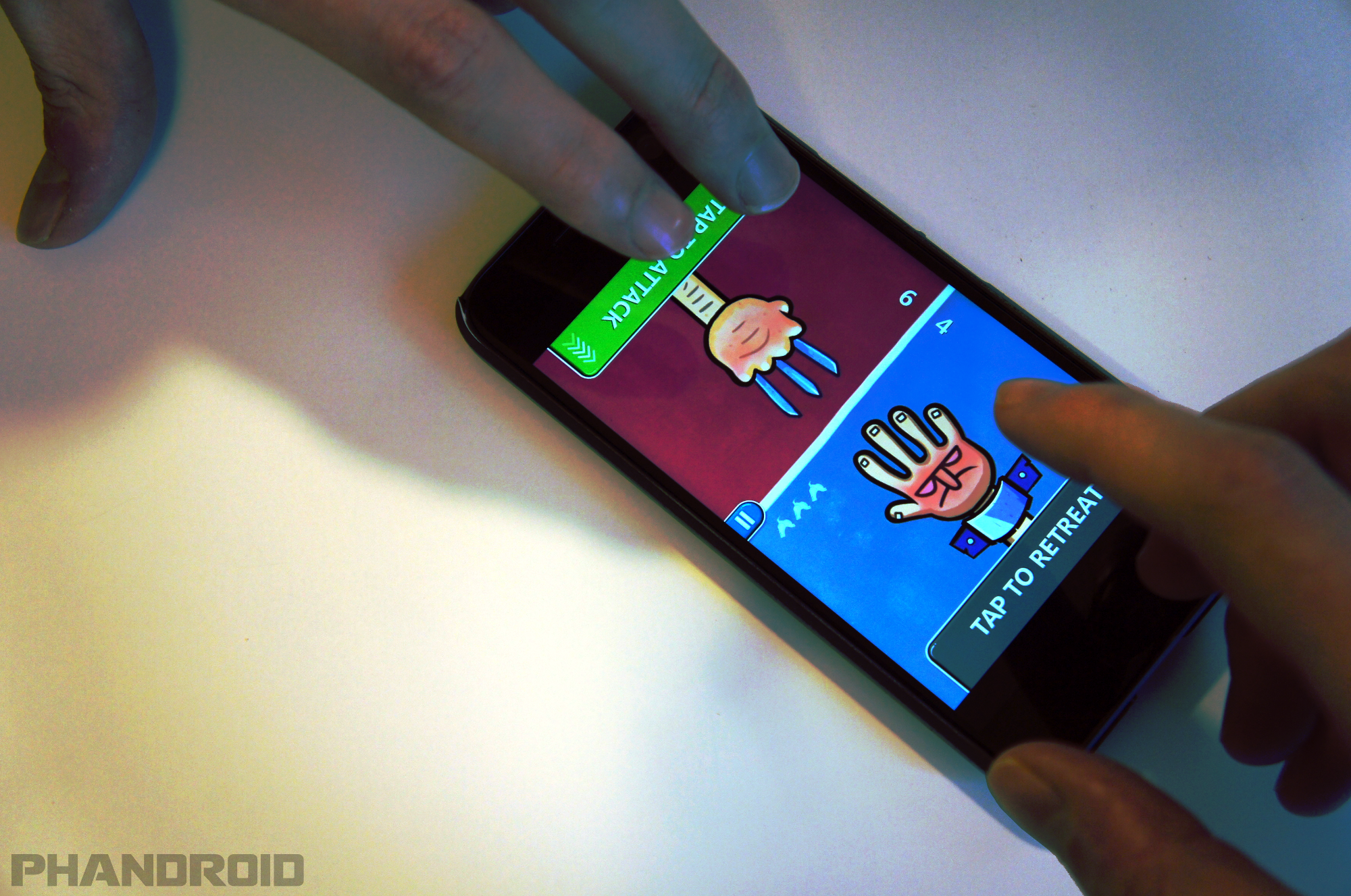

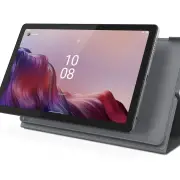
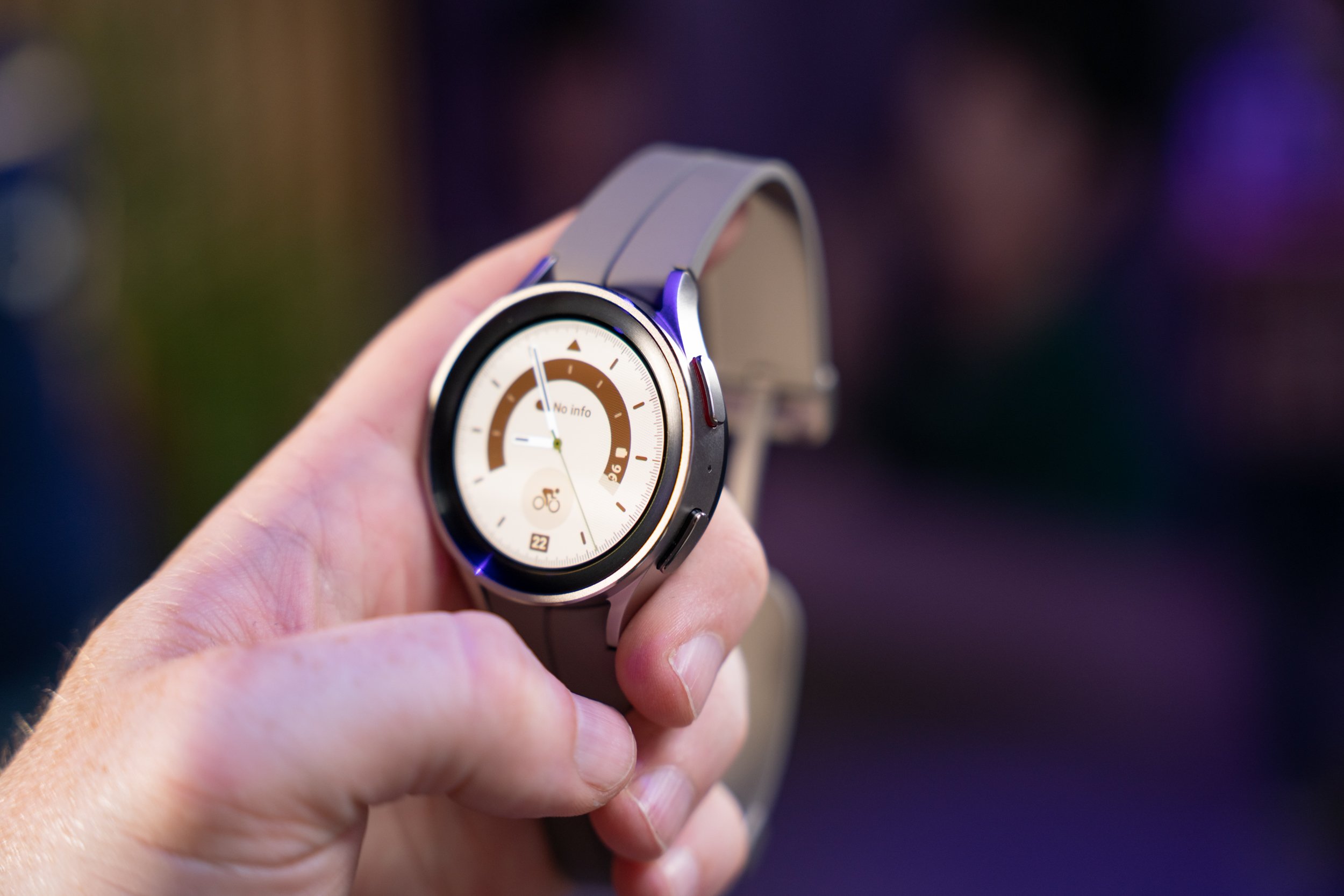
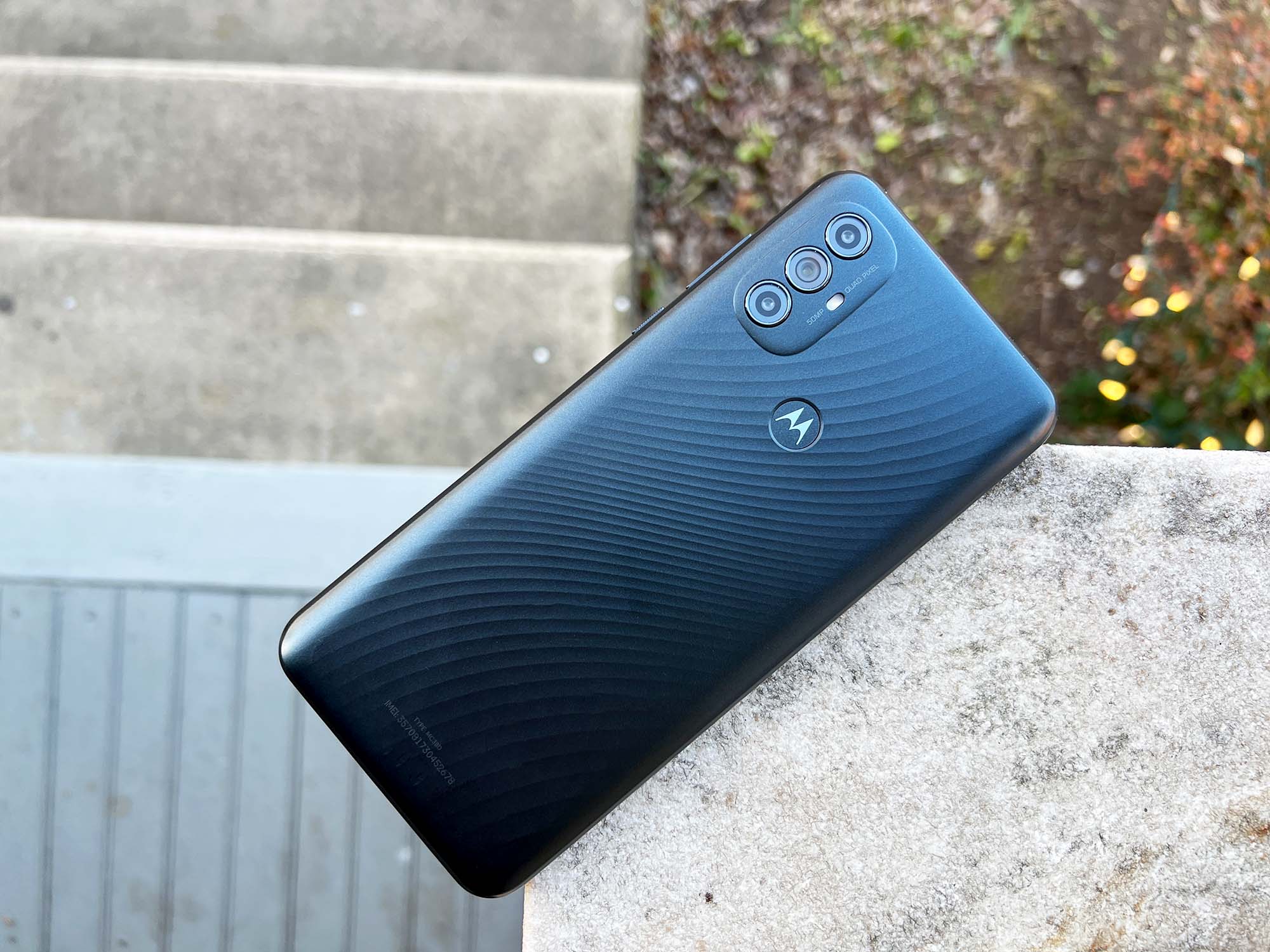

Comments